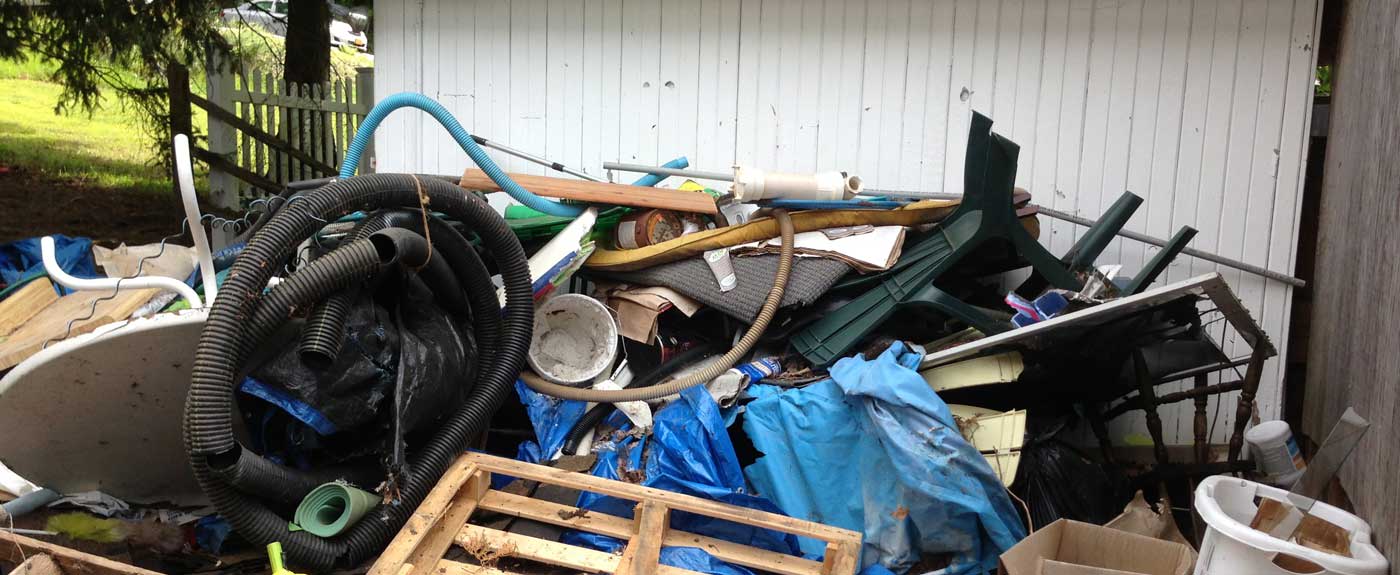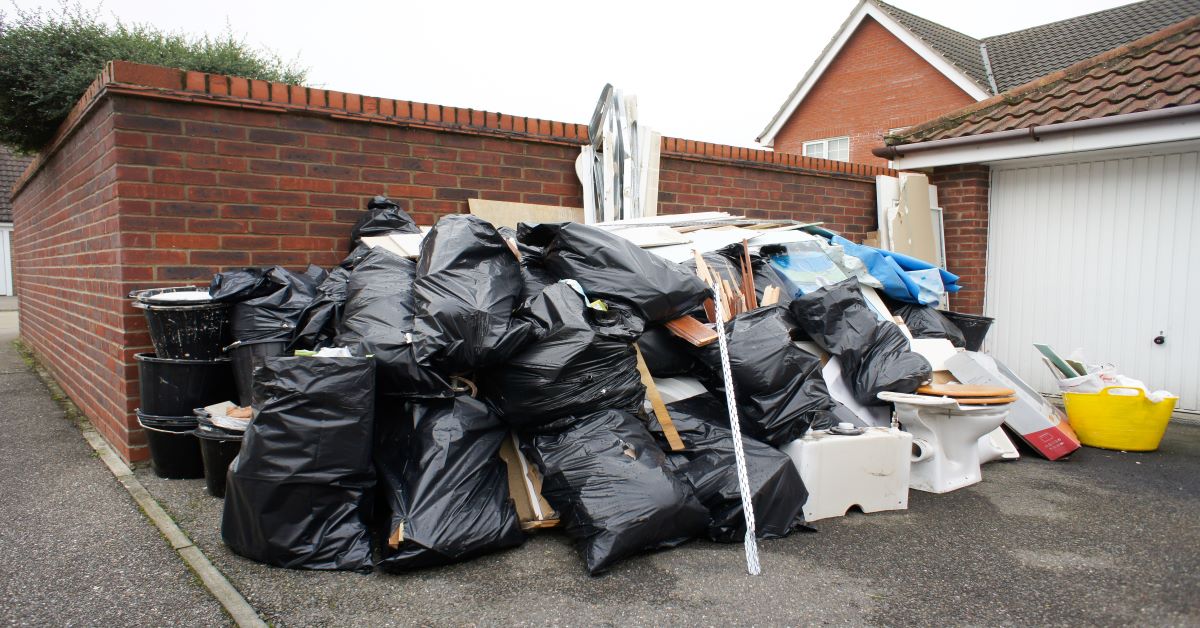Home Appliance Removal Atlanta: Quick and Safe Disposal Solutions
Home Appliance Removal Atlanta: Quick and Safe Disposal Solutions
Blog Article
Expert Waste Administration Strategies Customized for Industrial Settings
Tailoring waste administration methods to match the one-of-a-kind needs of industrial setups is not just valuable but important for preserving operational effectiveness and ecological sustainability. The quest for better waste management in industrial settings involves a careful approach that balances regulative compliance, cost-effectiveness, and ecological duty.
Importance of Tailored Waste Management
Customized waste management practices are vital in industrial settings to optimize resource usage and minimize environmental impact. Industrial operations create a substantial quantity of waste, ranging from solid byproducts to chemical toxins, posturing a hazard to the atmosphere if not managed efficiently (Residential junk removal atlanta). By personalizing waste management approaches to match the particular needs and challenges of each commercial center, firms can not just comply with policies but also boost operational efficiency and sustainability
One trick facet of customized waste management is performing a thorough waste analysis to determine the kinds and quantities of waste produced. This assessment enables companies to apply targeted services such as reusing programs, waste segregation procedures, and waste-to-energy initiatives. By recognizing the composition of their waste streams, commercial facilities can establish cost-effective approaches to minimize waste generation at the resource, causing long-term environmental advantages.

Kinds Of Hazardous Waste
What are the various categories of commercial waste commonly generated in producing processes? Industrial waste can be categorized into numerous major categories based on its composition and qualities. Contaminated materials is just one of one of the most crucial types, including chemicals, solvents, heavy metals, and other materials that position a threat to human wellness or the setting. This group often requires special delivery and disposal approaches to prevent contamination and guarantee security.
An additional typical sort of industrial waste is non-hazardous waste, which encompasses products like paper, plastics, and product packaging waste. While non-hazardous waste may not position prompt threats, proper administration is still vital to minimize land fill use and promote recycling and sustainability practices.

Contaminated Materials Handling Procedures
Reliable administration of unsafe waste in industrial settings necessitates stringent adherence to established managing treatments to mitigate risks and ensure environmental safety. Hazardous waste handling procedures involve a number of essential actions to reduce the prospective influence on human health and the environment.
Second of all, as soon as determined, contaminated materials needs to be very carefully set apart from non-hazardous waste to stop contamination and make certain proper treatment. Storage of hazardous waste should abide by regulations regarding control, labeling, and compatibility to prevent leaks, spills, or other events that could endanger workers or the setting.
Furthermore, taking care of treatments need to include using Continue personal protective devices, employee training, and emergency response procedures. Routine assessments, surveillance, and documentation of contaminated materials handling activities are essential to preserving compliance and identifying locations for enhancement. By following these structured treatments carefully, industrial facilities can properly handle dangerous waste and copyright their dedication to environmental stewardship.
Implementing Reliable Recycling Practices

To apply efficient recycling techniques, commercial facilities must first carry out a waste audit to recognize the types and quantities of recyclable products created in their operations. Based on this audit, firms can then establish assigned reusing terminals, offer proper training to staff members on proper sorting strategies, and collaborate with trusted recycling partners for the collection and handling of products. In addition, setting certain places that haul away junk recycling objectives, tracking progress, and frequently communicating with staff about the relevance of recycling are necessary actions to make certain the success and sustainability of reusing initiatives in industrial setups.
Monitoring and Continuous Improvement
To guarantee the efficiency and sustainability of waste administration methods in commercial settings, the application of robust tracking and constant improvement processes is crucial. Surveillance includes monitoring vital efficiency signs (KPIs) such as waste generation rates, recycling percentages, and disposal prices. Regularly assessing these metrics allows companies to identify locations for renovation and determine the success of carried out waste management initiatives.
Continuous improvement is essential for improving processes in time. It involves assessing checking information, determining inefficiencies, and implementing adjustments to enhance waste management techniques additionally. This iterative approach cultivates a society of ongoing improvement and advancement within the organization.
Utilizing modern technology like waste monitoring software and IoT sensors can simplify keeping an eye on initiatives, offering real-time information for educated decision-making. Employee training and interaction likewise play a vital function in making certain the success of monitoring and constant renovation campaigns, as frontline staff are commonly principals in waste administration procedures.
Conclusion
Finally, customized waste monitoring techniques are critical for commercial settings to efficiently deal with numerous kinds of waste, including hazardous materials. By executing effective reusing techniques and continually surveillance and improving waste management processes, markets can decrease their ecological influence and ensure compliance with regulations. It is important for business to prioritize waste monitoring to protect the environment and promote sustainability in their procedures.
Report this page